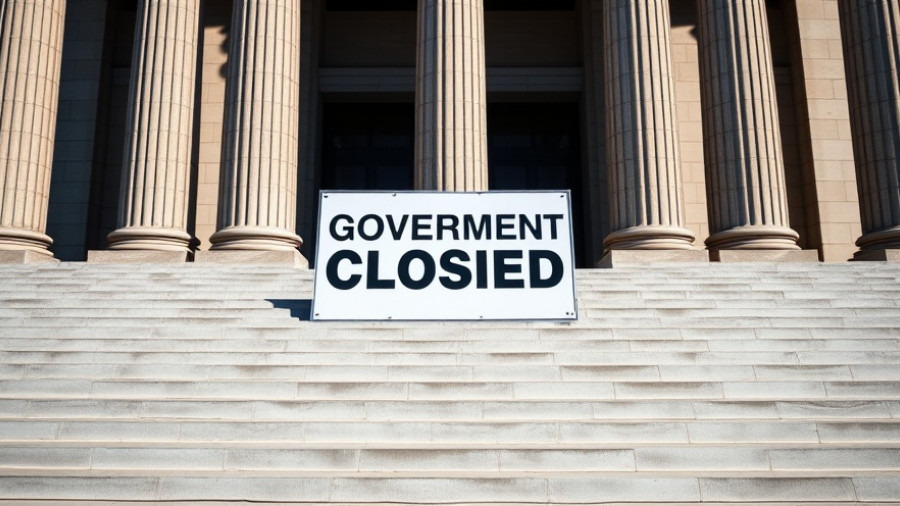
Revamping a Historic Icon: The New Financing Plan for RFK Stadium
The D.C. Council is set to vote on August 1 regarding a revamped finance plan for the $3.7 billion RFK Stadium redevelopment, a project that has garnered attention not just from local citizens, but also from commercial construction firms with vested interests in its project efficiency and cost management. As urban areas strive to create vibrant spaces that meet the needs of their inhabitants, the new financing model promises to integrate sustainable practices with cutting-edge technology.
The Cost of a Vision: Understanding the Financials
This new plan would move beyond traditional funding mechanisms, highlighting an innovative approach that emphasizes partnerships with private entities. In a time where public funds are stretched, the inclusion of private financing could alleviate some burden on taxpayers while ensuring that the project is completed efficiently. Clients of commercial construction companies are urged to pay attention to how these financing strategies could affect future projects and their budgets.
Sustainable Practices: A Foundation for Future Developments
One of the most exciting aspects of the RFK redevelopment is its commitment to sustainable building and green construction. The incorporation of advanced technologies, such as automation and smart building practices, offers a glimpse into the future of construction. As the industry shifts towards more eco-friendly practices, this project could serve as a model for how commercial construction can evolve in harmony with environmental needs.
The Community Impact: More Than Just a Stadium
Many city developments often overlook the community aspect, yet the RFK Stadium project turns that notion on its head. The revamped plan emphasizes community engagement, ensuring that local voices are included in decision-making processes. This not only boosts public support but also strengthens trust between the community and developers. For construction companies, understanding how to engage with local communities can be a game changer in project management and success.
Future Predictions: What Lies Ahead for D.C.’s Skyline
As the vote approaches, many industry analysts are eager to see how this decision will shape the future of other major construction projects in the D.C. area. If the RFK redevelopment succeeds, it could pave the way for increased investment in urban development, potentially leading to a renaissance of construction throughout the region. Commercial construction clients should consider the implications of this project as a litmus test for the viability and acceptance of ambitious projects in metropolitan areas.
This upcoming vote not only signifies a turning point for RFK Stadium but sets a precedent for urban construction as a whole. As the construction industry continuously evolves, leveraging insights from successful projects like this will be crucial for businesses aiming to innovate and excel.
 Add Row
Add Row  Add
Add 




Write A Comment